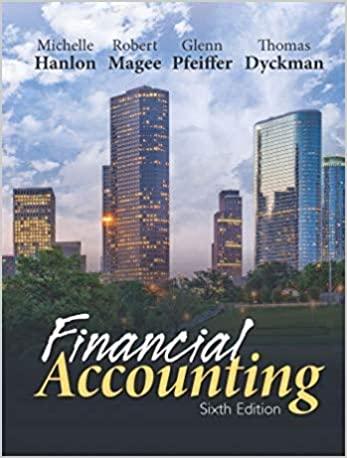Question
Southeast Shoe Distributor, Inc.* Introduction Southeast Shoe Distributor (SSD) is a closely owned business that was founded 10 years ago by Stewart Green and Paul



Southeast Shoe Distributor, Inc.*
Introduction
Southeast Shoe Distributor (SSD) is a closely owned business that was founded 10 years ago by Stewart Green and Paul Williams. SSD is a distributor that purchases and resells men's, women's, and children's shoes to retail shoe stores located in small to midsize communities. The company's basic strategy is to obtain a broad selection of designer-label and name-brand footwear at low prices for resell to small one-location retail stores. SSD targets stores that have a difficult time obtaining reasonable quantities of designer and name-brand footwear. The company is able to keep the cost of footwear low by (l) selectively purchasing large blocks of production over-runs, over-orders, mid- and late- season deliveries and last season's stock from manufacturers and other retailers at significant discounts, (2) sourcing in-season name-brand and branded designer footwear directly from factories in Brazil, Italy, and Spain, and (3) negotiating favorable prices with manufacturers by ordering footwear during off-peak production periods and taking delivery at one central warehouse.
During the year, the company purchased merchandise from over 50 domestic and international vendors, independent resellers, manufacturers and other retailers that have frequent excess inventory. Designer and name-brand footwear sold by the company include the following: Amalfi, Clarks, Dexter, Fila, Florsheim, Naturalizer, and Rockport. At the present time, SSD has one warehouse located in Atlanta, Georgia. Last year SSD had net sales of $7,311,214. Sales are strongest in the second and fourth calendar-year quarters, with the first calendar-year quarter substantially weaker than the rest.
Background
SSD is required to have an audit of its annual financial statements to fulfill requirements of loan agreements with financial institutions. This audit is to be completed in accordance with the AICPA professional standards for the audit of nonpublic companies. Your audit firm is in the process of completing the audit for the fiscal 2014 financial statements in accordance with these professional standards. The audit senior for this engagement is Jorge Hernandez. The two audit staff assigned to this engagement are Joy Avery and you. The two of you are responsible for performing the tests of balances and analytical tests outlined in the expenditure cycle audit program (referenced in the top right-hand corner as E2).
The general ledger accounts related to purchasing and cash disbursement activities at SSD include the following:
- Inventory Purchases
- Warehousing Expenses
- Purchase Discounts
- Selling Expenses
- Purchase Returns and Allowances
- Prepaid Assets
- Freight In
- Accounts Payable
- Administrative Expenses
Joy Avery has already performed audit procedures 1 and 2 listed on audit schedule E2. Her work is documented on audit schedulesE2, E10, E50, and E51. Additionally, Joy has selected the audit sample for audit procedure 3 as noted on audit schedule E52.
Required
- Complete audit procedure 3a listed on audit program E2. The supporting documents to be examined for this audit procedure are vouchers, vendor invoices, receiving reports, and purchase orders. Assume you have already tested 35 of the selected sample items, observing no misstatements. The documents and records for the remaining five sample items are provided in "Case #2- Documents and Records for Audit Procedure 3a.pdf" file.SSD's polices only require the generation of receiving reports for purchases of inventory and fixed assets. Additionally, purchase orders are not required to be generated for recurring services such as utilities and cleaning. The results from performing audit procedure 3a should be documented in audit schedule E53. Document completion of audit procedure 3a in the audit program E2.
- Document your adjusting entries for any observed misstatements that you propose on schedule E11. Then update the accounts payable lead schedule on audit schedule E10. Assume that there was no systematic pattern or intent to commit a fraud based on a review and discussion with client personnel concerning observed misstatements, if any.







Step by Step Solution
There are 3 Steps involved in it
Step: 1

Get Instant Access to Expert-Tailored Solutions
See step-by-step solutions with expert insights and AI powered tools for academic success
Step: 2

Step: 3

Ace Your Homework with AI
Get the answers you need in no time with our AI-driven, step-by-step assistance
Get Started


